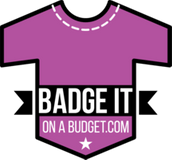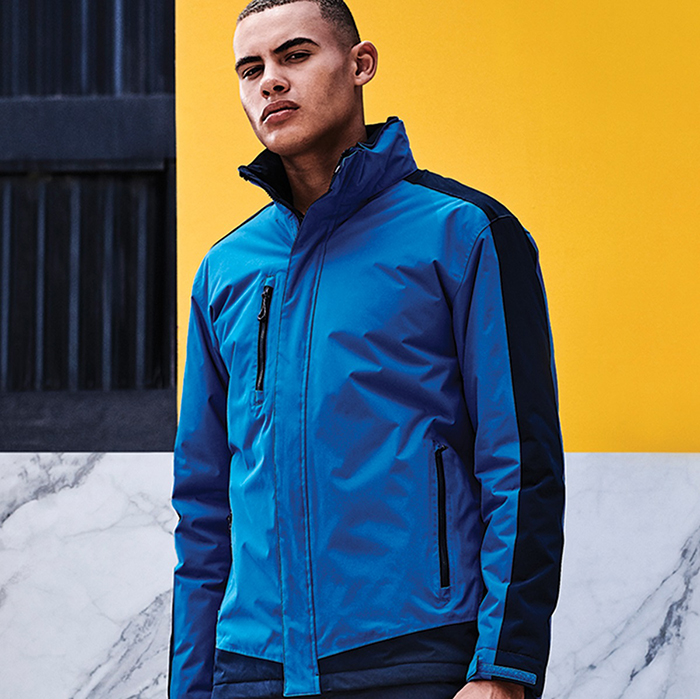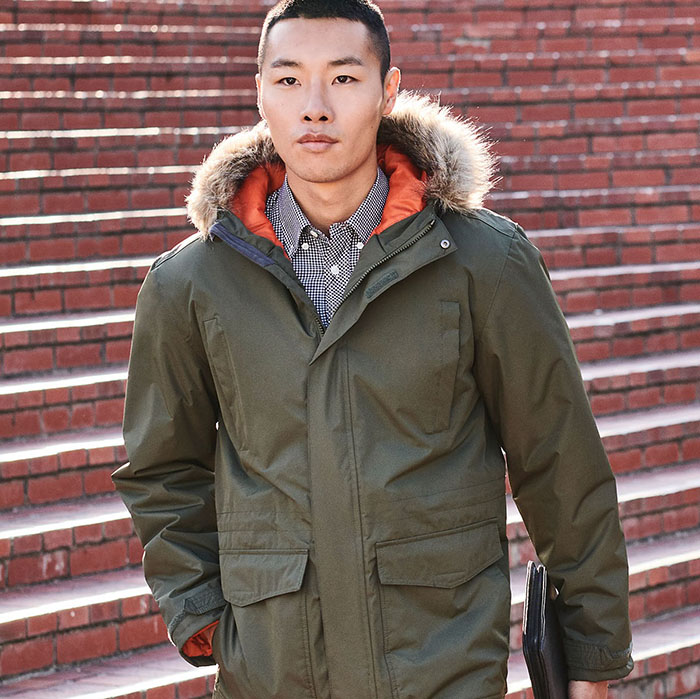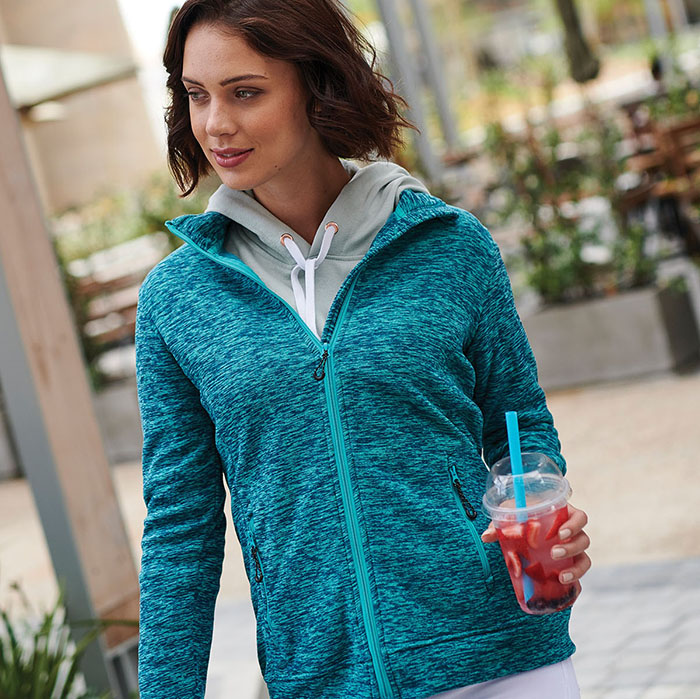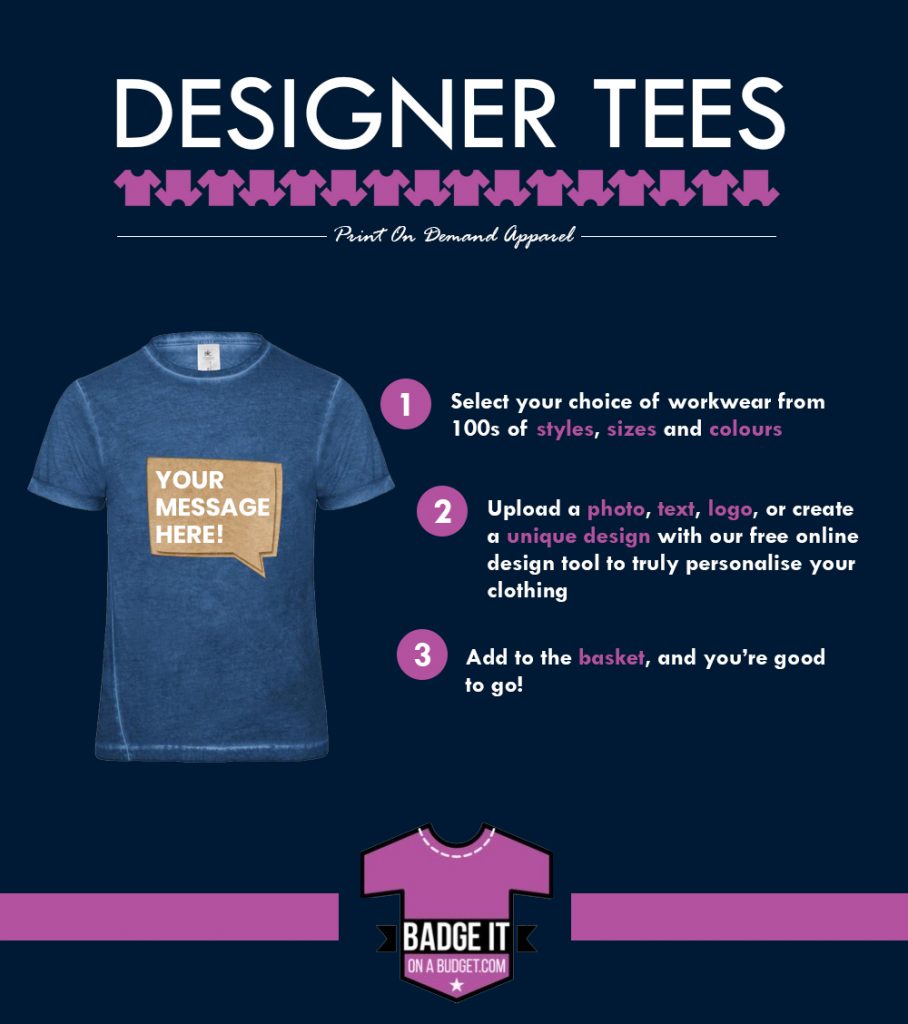Pro Tips for Personalised Branded Workwear with YOUR Logo
Need to have some great-looking workwear branded for work? Below is the ultimate guide to creating the best possible impact – let’s take a look at what needs to be done!

Pro Tips for Personalised Branded Jackets with YOUR Logo 
Pro Tips for Personalised Branded Coats with YOUR Logo 
Pro Tips for Personalised Branded Fleece Tops with YOUR Logo 
First, figure out why you need company branded workwear with your logo
Did you know, one of the most overlooked factors when creating a design for a t-shirt is thinking about why you need the shirt in the first place? Maybe you want to promote products or services, or perhaps your company is celebrating its 10 year anniversary? Your message should influence your design direction.
So if your aim is promotion, you need your design to stand out to get noticed. When promoting brand values or team building, the design could be a bit less in-your-face. IMHO design something that you know your staff would be proud to off and enjoy wearing.
Clothing typography & fonts to consider for workwear design
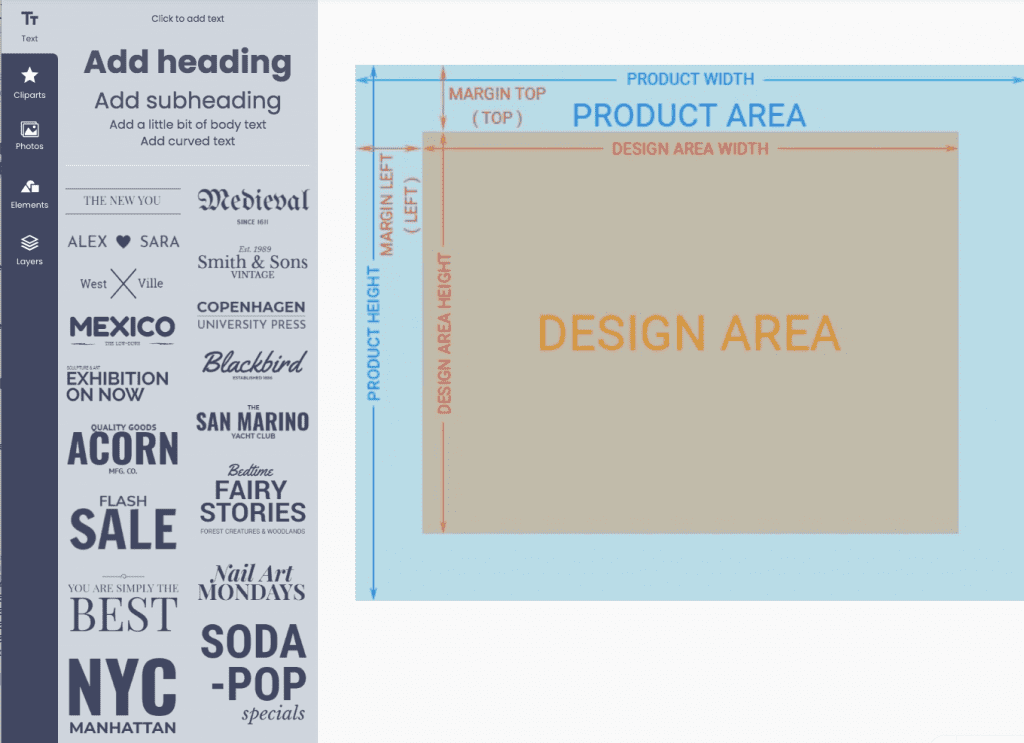
You could have the most amazing strapline or MEME for your t-shirt design. But if your typeface is not suitable for the design, it could ruin the look of your design!
Letter and line spacing are equally important if you want a clear strapline that’s easy to read.
Your font choice can make or break your design. Certain font styles convey specific emotions and feelings. So choose an appropriate font that conveys the right message.
While decorative free fonts like Originals might be a popular option for informal and family designs, it may not be the best solution for a corporate polo shirt. We recommend spending a bit of time testing different fonts using this free online design tool, to see what works best!
What logo size is best for printing personalised branded workwear with your Logo?
As the saying goes, “sizing is everything” and this is very true when it comes to designing branded workwear. As your design could actually look much different from what you expected when printed up onto a sweatshirt, hi-vis jacket, or coverall. If in doubt, ask your printer to check the quality, resolution, and proportions beforehand as a rough guide.
Your logo design will also look smaller or bigger depending on the actual garment XS, L, 2XL, 4XL for example. So you might choose to have a reduced size print for XS.
Find creative ways to add your logo on your workwear
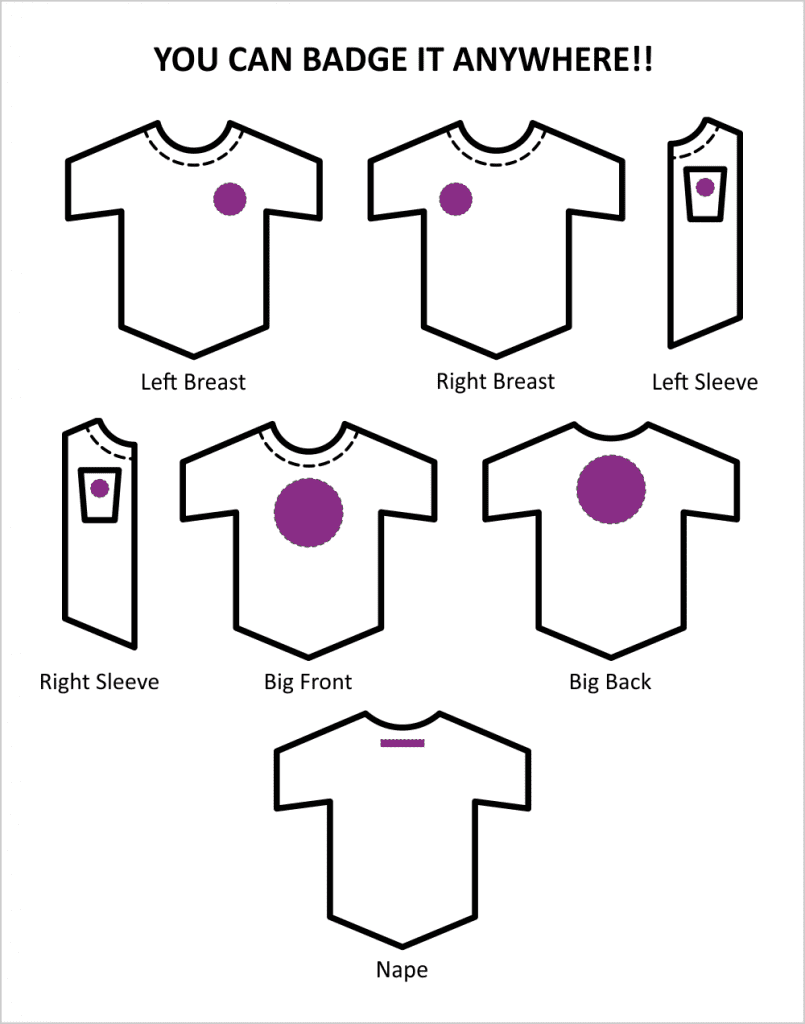
If your design finally ends up the actual workwear, it’ll make a profound difference to how professional you’ll look. So carefully consider exactly where to place your logo design for maximum impact. Keeping in mind that big logo designs printed in the belly area are never flattering. Thankfully, there are some standard design placements for t-shirts and it is always a good idea to have a look at these before making a final decision.
Choose colour combinations that always work
Never overlook the concept of contrast when choosing colours for your design. As it can make an image look lighter or darker on certain garments.
black against white is the most obvious and apparent color contrast. On a dark jacket, bright colors will stand out. If your design has lots of bright colors, set against a neutral background it will really make your design pop!
If you want a more subtle impact, it’s better to have a design that is in low contrast to the background color or garment you’re printing directly onto. It all comes down to striking the right tone at the end of the day.
Optimise your artwork for high quality printing
Image quality is an important factor to consider when creating your artwork. It’s vital to ensure that the design you submit to your printers is of a high enough resolution. If the resolution is not high enough (i.e. it does not contain enough pixels), the print quality of your design will be really poor and your entire design could be a flop!
When it comes to images, high resolution and high quality are what you should be aiming for. So avoid using images downloaded from the internet; there are typically 96dpi or 72dpi low-resolution png or jpg files. As they don’t have a high enough resolution and are too small to print from. Your artwork should ideally be 300dpi at full size.
Use borders, and masks to make photos stand out better
Never underestimate the power of a professional-looking border or edge! Many designs feature photographs that can look cheap and nasty when they do not have a border. A well-placed border can go a long way to transforming your design from humdrum to something quite spectacular!
Get the right files to your printer
For the best results, we recommend getting the correct files to your printer for future reference. These should include print files in vector format and any source files (photoshop files, eps, illustrator) wherever possible. Color codes are also important to take note of and, if you have corporate colors in your design, be sure to have the CMYK or Pantone color code
Find a good t-shirt printing company
When you have finished your design and you’re happy with the results, it’s time to find the right company to print workwear.
Don’t be afraid to ask for samples of previous work as this is a good indicator of quality. Building a relationship with your printer is also advisable as the more they know about you and your needs, the better they can serve you.
Finally, make sure you are aware of any hidden charges (such as extra fees for additional colors) beforehand so that there will be no nasty surprises!
——
About The Author
Marc Howard is the founder of UK workwear printers, badgeitonabudget.com. They supply personalised branded workwear with your logo for all sectors and working environments. You can find
him on Twitter, Instagram or Facebook
